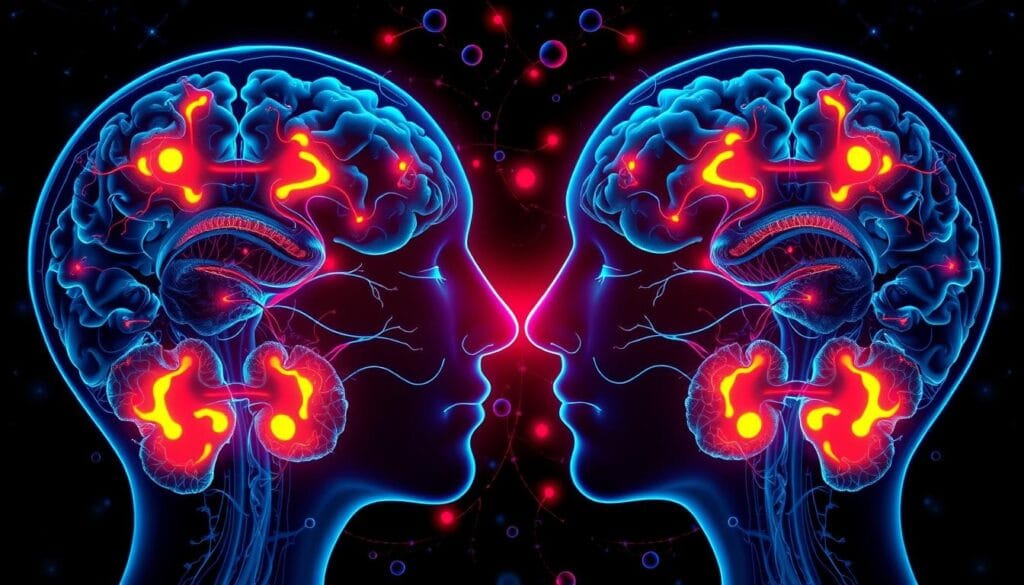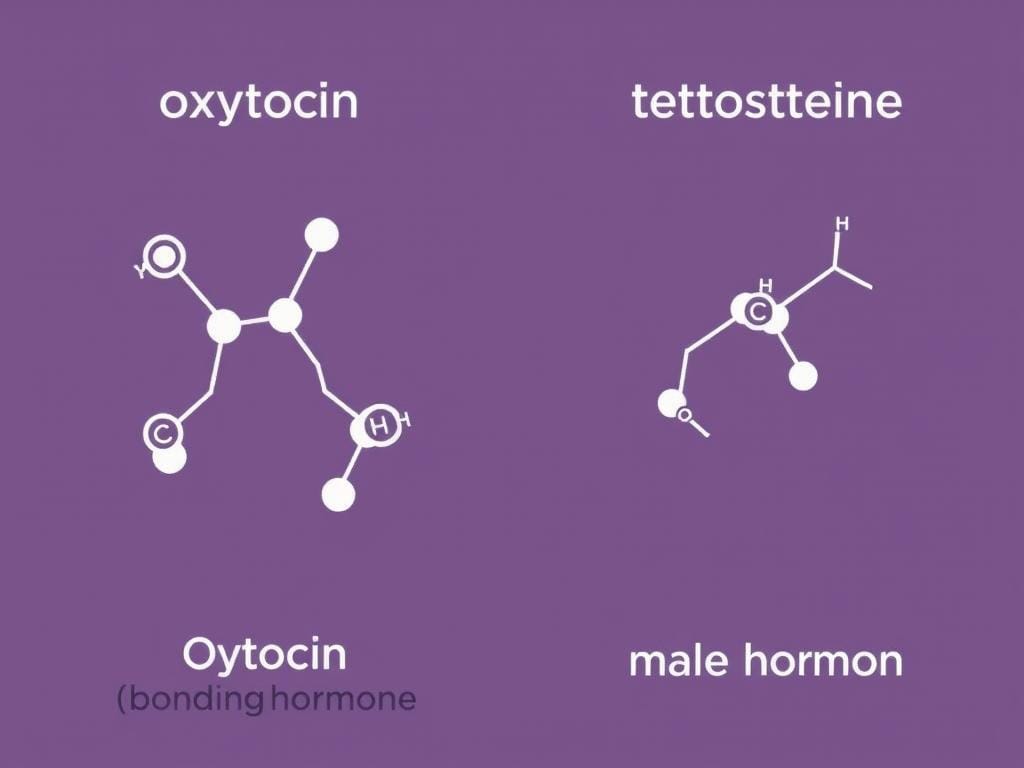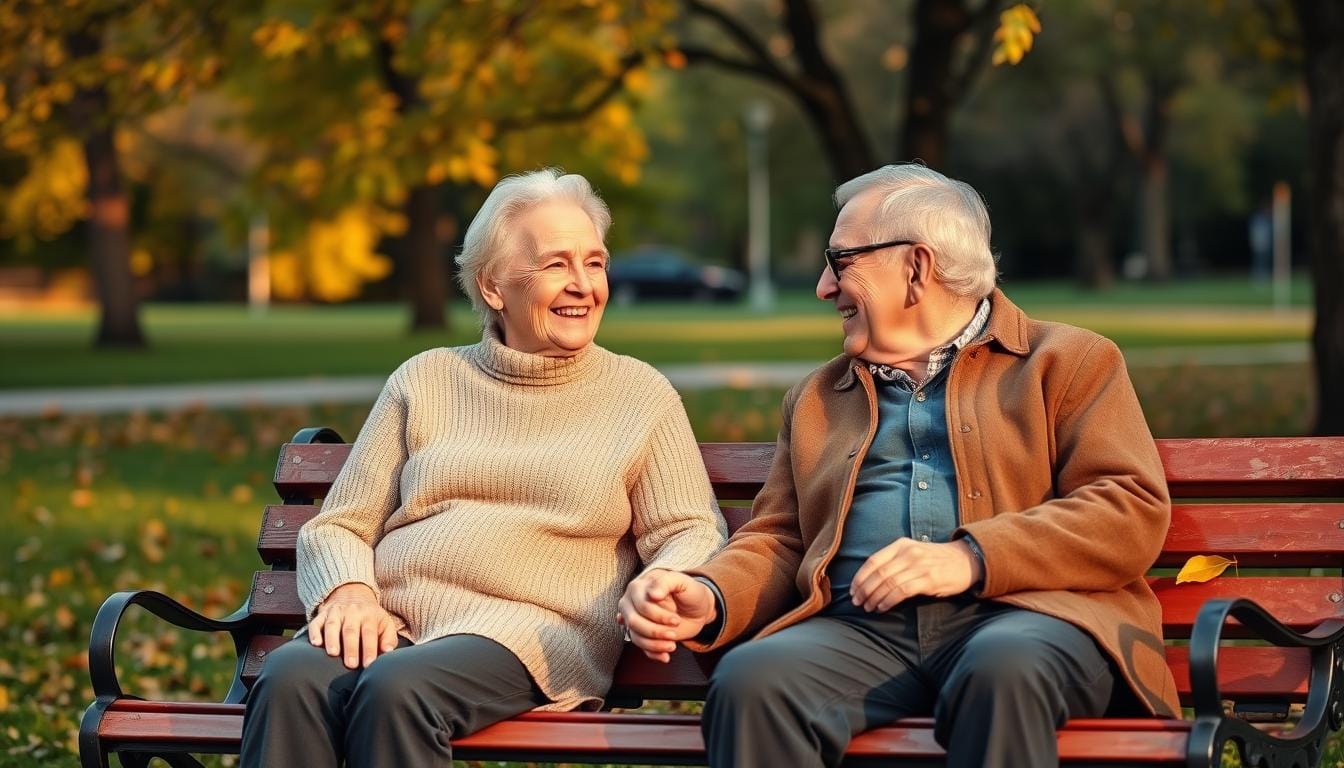Exploring the Sexual Dynamics Connections Between Men and Women
Explore the science of PairBonding and how it shapes human relationships. Discover the biological, psychological, and cultural factors that influence emotional connections between partners.

Exploring the Sexual Dynamics Connections Between Men and Women
Exploring the sexual dynamics Connections between Men and Women: The concept of pair bonding represents one of the most fascinating aspects of human relationships. This powerful emotional connection forms the foundation of long-term partnerships, influencing everything from our daily interactions to our deepest feelings of security and belonging. But what exactly drives this bonding process, and how do biological differences between men and women shape our experiences of attachment?
In this comprehensive exploration, we’ll examine the science behind pair bonding, analyze the hormonal and neurological factors at play, and consider how modern cultural shifts are reshaping our understanding of relationship dynamics. Whether you’re curious about the evolutionary basis of human partnerships or seeking insights into your own relationship patterns, this guide offers valuable perspectives on the complex interplay between biology, psychology, and culture in human bonding. Explore the differences between men and women here.
The Science of Emotional Attachment
Neural pathways activated during pair-bonding experiences
Pair bonding, at its core, refers to the formation of close, long-term emotional connections between partners. From an evolutionary perspective, this process emerged as a survival strategy, allowing human infants—who require extensive care—to benefit from having two dedicated caregivers. Unlike many mammalian species, humans evolved to form these enduring bonds that extend well beyond the immediate reproductive phase.
Research in evolutionary psychology suggests that pair bonding provided significant advantages for early humans. Couples who formed stable bonds could more effectively protect and nurture their offspring, increasing survival rates and passing on their genes. This evolutionary adaptation has shaped our neurological wiring, creating powerful systems of reward and attachment that reinforce bonding behaviors.
The neurological basis of pair bonding involves several key brain regions, particularly the prefrontal cortex, which governs decision-making, and the limbic system, which processes emotions. When we form attachments, these regions work together to create associations between a specific partner and feelings of pleasure, security, and comfort. Over time, these neural pathways strengthen, deepening the emotional bond.
“Pair bonding represents one of the most significant evolutionary adaptations in human social behavior, fundamentally shaping our approach to relationships, family formation, and emotional well-being.”
Discover Your Attachment Style
Understanding your personal attachment patterns can transform your relationships. Take our comprehensive assessment to identify your unique attachment style and receive personalized insights.
Testosterone vs. Oxytocin: Biological Drivers of Intimacy

Studying the connections between Men and Women
The biological underpinnings of pair bonding reveal fascinating differences between men and women. These distinctions aren’t absolute—individual variation exists within each gender—but understanding the typical hormonal patterns can shed light on different approaches to attachment and intimacy.
Oxytocin, often called the “bonding hormone,” plays a crucial role in pair bonding for both sexes but appears to have stronger effects in women. Research shows that women typically experience a 400% greater increase in oxytocin levels during intimate activities compared to men. This hormone creates feelings of trust, empathy, and connection, reinforcing the emotional bond between partners.
For men, testosterone influences bonding patterns in complex ways. While high testosterone is associated with mating drive, studies show that men in committed relationships often experience a decrease in testosterone levels. This hormonal shift may biologically support the transition from seeking multiple partners to investing in a single relationship and potential offspring. See this information on Pair-Bonding
Female Bonding Patterns
- Higher oxytocin response during physical intimacy
- Stronger emotional memory formation
- Greater activation in emotional processing brain regions
- More pronounced stress reduction from physical touch
- Increased verbal processing of relationship experiences
Male Bonding Patterns
- Testosterone reduction in committed relationships
- Bonding through shared activities and experiences
- More activity in visual processing centers during attraction
- Different stress response patterns during relationship conflict
- Greater emphasis on problem-solving in relationship issues
A real-world example of these biological differences can be observed in how couples respond to relationship stress. Research from the journal Archives of Sexual Behavior found that women typically show a “tend-and-befriend” response, seeking connection and communication, while men more often display a “fight-or-flight” response, sometimes withdrawing to process emotions independently before re-engaging.

Cultural Evolution of Sexual Expectations
While biological factors create certain predispositions, cultural influences significantly shape how pair bonding manifests across different societies and time periods. Throughout human history, cultural practices around courtship, marriage, and family formation have evolved dramatically, reflecting changing social values and economic realities.
Traditional pair bonding often emphasized complementary gender roles, with men as providers and women as caregivers. These arrangements were reinforced through social institutions like marriage, religious teachings, and economic structures. The stability of these bonds was frequently maintained through external pressures rather than personal choice alone.
Modern relationship dynamics have shifted toward greater emphasis on emotional fulfillment and personal compatibility. Contemporary pair bonds typically form through mutual attraction and shared values rather than arranged matches or economic necessity. This shift has created both new opportunities for authentic connection and new challenges as couples navigate relationships with fewer established guidelines.
How do cultural expectations affect pair bonding?
Cultural norms significantly influence when and how pair bonds form, what behaviors are expected within relationships, and how conflicts are resolved. For example, some cultures emphasize extended family involvement in relationships, while others prioritize the couple’s independence. These expectations create different relationship environments that can either support or challenge the natural bonding process.
Can pair bonding patterns change over time?
Yes, both individuals and societies can experience shifts in pair bonding patterns. At the individual level, attachment styles can evolve through significant relationships and personal growth. At the societal level, economic changes, technological developments, and social movements continually reshape relationship expectations and practices.
A compelling real-world example of cultural influence on pair bonding can be seen in the dramatic shift in marriage ages across generations. In 1960, the average American woman married at age 20, while today that age has risen to 28. This shift reflects changing cultural priorities around education, career development, and personal exploration before forming permanent bonds.
Strengthen Your Relationship Bond
Download our free guide “The Science of Connection: 5 Evidence-Based Strategies to Deepen Your Relationship” and discover practical techniques grounded in attachment research.
Digital Age Impacts on Relationship Formation

The digital revolution has fundamentally altered how pair bonds form in contemporary society. Dating apps and social media have expanded the pool of potential partners beyond geographic limitations, creating unprecedented opportunities to connect with compatible individuals. However, these technologies have also introduced new challenges to the bonding process.
Research from the journal Evolution and Human Behavior suggests that the abundance of options in digital dating can sometimes undermine commitment, as individuals may perceive attractive alternatives as continuously available. This phenomenon, sometimes called the “paradox of choice,” can make it more difficult to fully invest in a single relationship—a key component of pair bonding.
Shifting gender roles in the digital age have also influenced pair-bonding dynamics. As economic opportunities have become more equal, pair-bonding has become less relevant to the formation of relationships. Modern couples often seek partnerships based on shared values and mutual support rather than prescribed roles, creating more flexible but sometimes less clearly defined relationship structures.
A real-world example of digital-age pair bonding can be seen in long-distance relationships maintained through video calls and messaging apps. These technologies allow couples to maintain emotional intimacy despite physical separation, demonstrating how digital tools can both support and transform traditional bonding processes.
Benefits of Digital-Age Relationships
- Access to more compatible potential partners
- Ability to maintain connections across distances
- More options for relationship structures and arrangements
- Greater autonomy in relationship choices
Challenges of Digital-Age Relationships
- Decision paralysis from too many options
- Reduced investment due to perceived alternatives
- Digital distractions interfering with quality time
- Comparison with idealized relationships on social media
Pair Bonding in Practice: Real-World Examples

The contrast between long-term relationships and casual encounters reveals important insights about pair bonding processes. In a study published in the Archives of Sexual Behavior, researchers found that couples in committed long-term relationships showed distinct neurological patterns compared to those in casual relationships.
Long-Term Marriage
Mark and Sarah, married 35 years, demonstrate classic pair bonding behaviors. Their relationship features high levels of trust, shared memories, and synchronized daily routines. Neuroimaging studies of couples like them show activation in brain regions associated with empathy and emotional regulation when viewing their partner’s face, indicating deep attachment.
Co-Parenting Partnership
Jason and Miguel formed a strong pair bond through the shared experience of adopting and raising children. Their relationship demonstrates how caregiving behaviors trigger oxytocin release, strengthening attachment even in the absence of romantic attraction. Their bond illustrates how parenting responsibilities can create powerful connections.
Long-Distance Relationship
Aisha and David maintain a strong pair bond despite living in different countries, using daily video calls to maintain emotional intimacy. Their relationship shows how modern technology can support attachment formation through consistent communication, shared digital experiences, and planned reunions that trigger intense oxytocin release.
These examples highlight how pair bonding manifests differently across relationship contexts while maintaining core elements of attachment, trust, and mutual support. The diversity of successful bonding patterns demonstrates that while biological predispositions create certain tendencies, human relationships remain remarkably adaptable.

Exploring The Connections Between Men and Women
The science of pair bonding reveals a fascinating interplay between our evolutionary heritage and modern relationship realities. While biological factors create certain predispositions—such as women’s heightened oxytocin response and men‘s testosterone fluctuations—these are merely starting points that culture, personal history, and individual choice can significantly modify.
Understanding these dynamics can help us approach relationships with greater awareness and intentionality. By recognizing both the biological foundations and cultural influences on our bonding patterns, we can make more conscious choices about how we form and maintain connections. Whether navigating traditional relationship structures or forging new paths, this knowledge provides valuable context for our most important human bonds.
As we continue to evolve in an increasingly digital and globally connected world, the fundamental human need for secure attachment remains constant. The forms our relationships take may change, but the underlying mechanisms of pair bonding continue to shape our emotional lives and well-being. By honoring both our biological nature and our capacity for adaptation, we can create meaningful connections that support our flourishing in a complex world.








